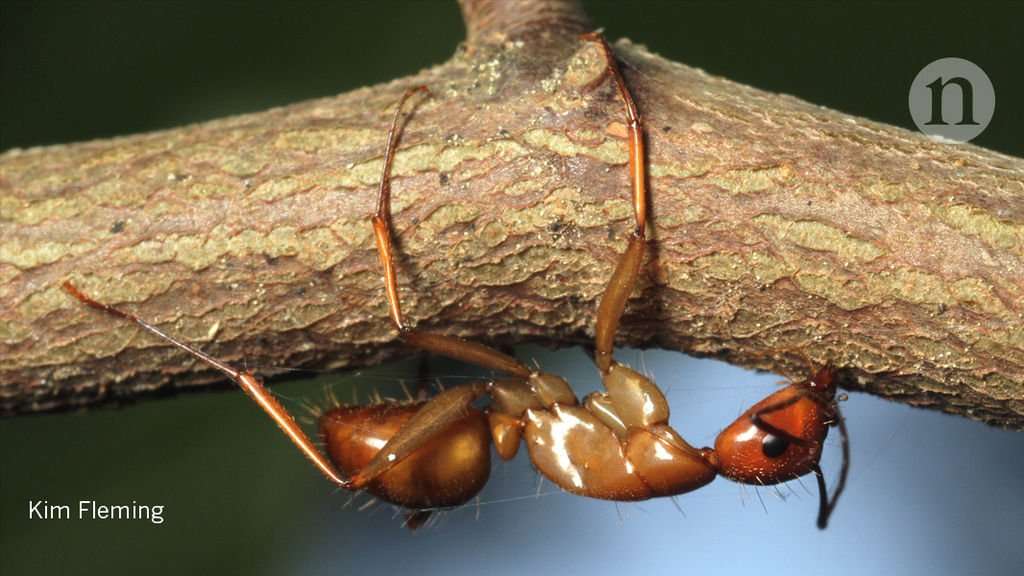A fungus that turns infected ants into powerless ‘zombies’ has adapted to climate conditions in different locales by modifying its victims’ behaviour.
After the fungus (Ophiocordyceps unilateralis) infects an ant, it commandeers the host’s nervous system, forcing the insect to march up a tree to grab a twig or leaf in its jaws. The ant dies quickly but remains locked in place. Eventually, the fungus bursts through its head, spreading fungal spores.
David Hughes at Pennsylvania State University in University Park and his colleagues examined zombie ant cadavers and images from collections around the world, and recorded what the ants were biting when they died. In tropical climates, where trees do not shed their leaves, zombie ants were more likely to bite leaves than twigs. But the reverse was true for ants in temperate climates, meaning insects were likely to stay put as leaves dropped.
Analysis of O. unilateralis DNA showed that the fungal variety that encourages twig-biting evolved independently several times.

DinoDork54 on May 29th, 2018 at 11:50 UTC »
Cordyceps fungus doesn't only infect ants. It's been known to infect invertebrates of many sizes, like this unlucky tarantula.
The_Mushroominator on May 29th, 2018 at 11:35 UTC »
The cordyceps fungus is considered medicinal... I don't know a lot about that aspect of it, but it is certainly interesting. They grow just as readily (maybe even better) on brown rice slurry as they do in their natural hosts.
neosick on May 29th, 2018 at 11:12 UTC »
this isn't the first thing I've heard that does this sort of thing to ants. I wonder what makes their nervous systems so hackable?